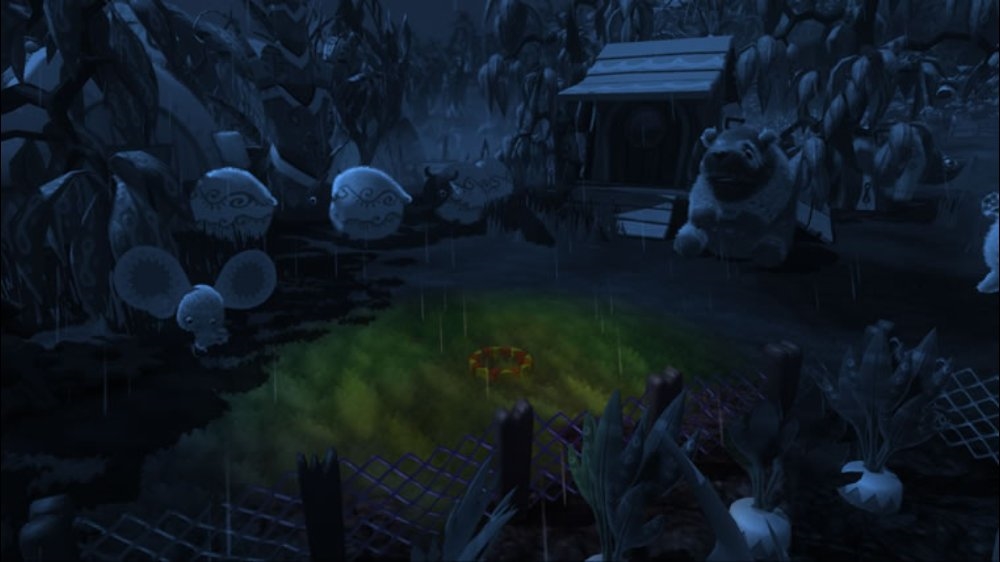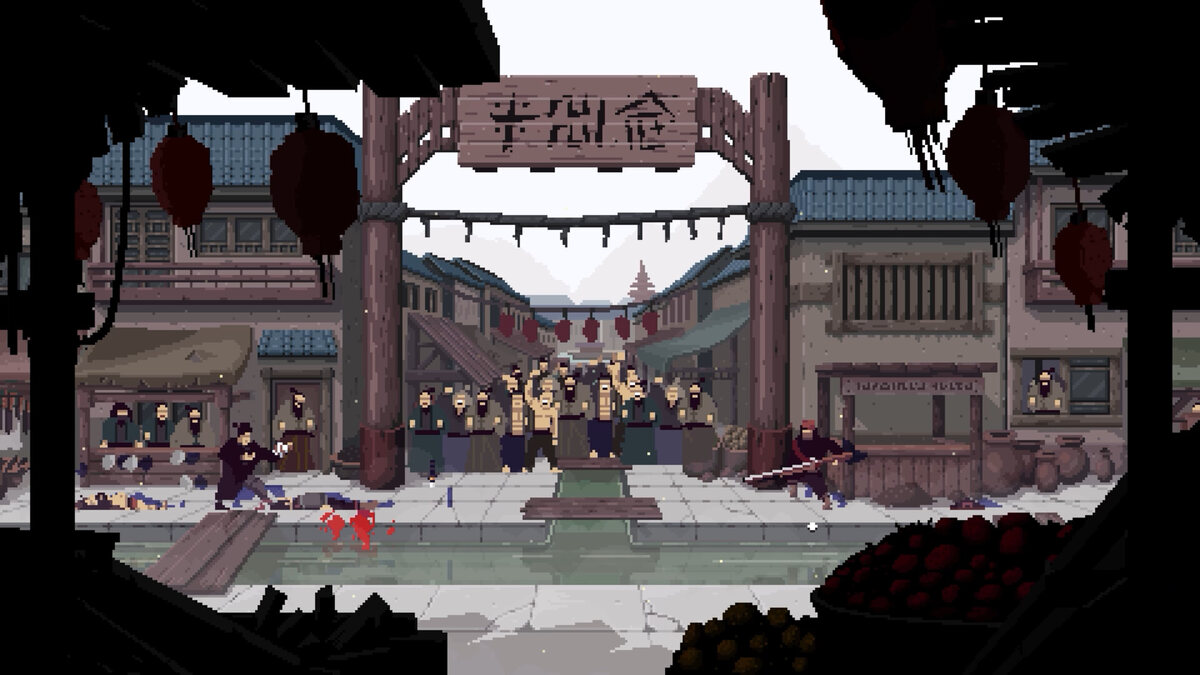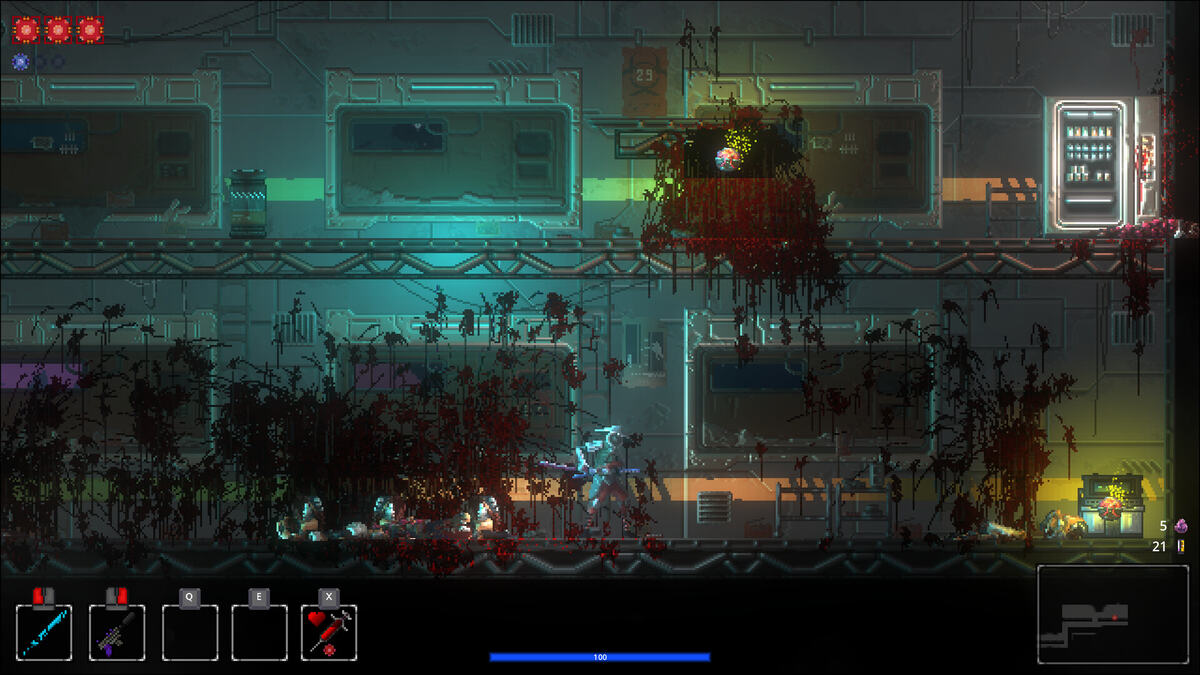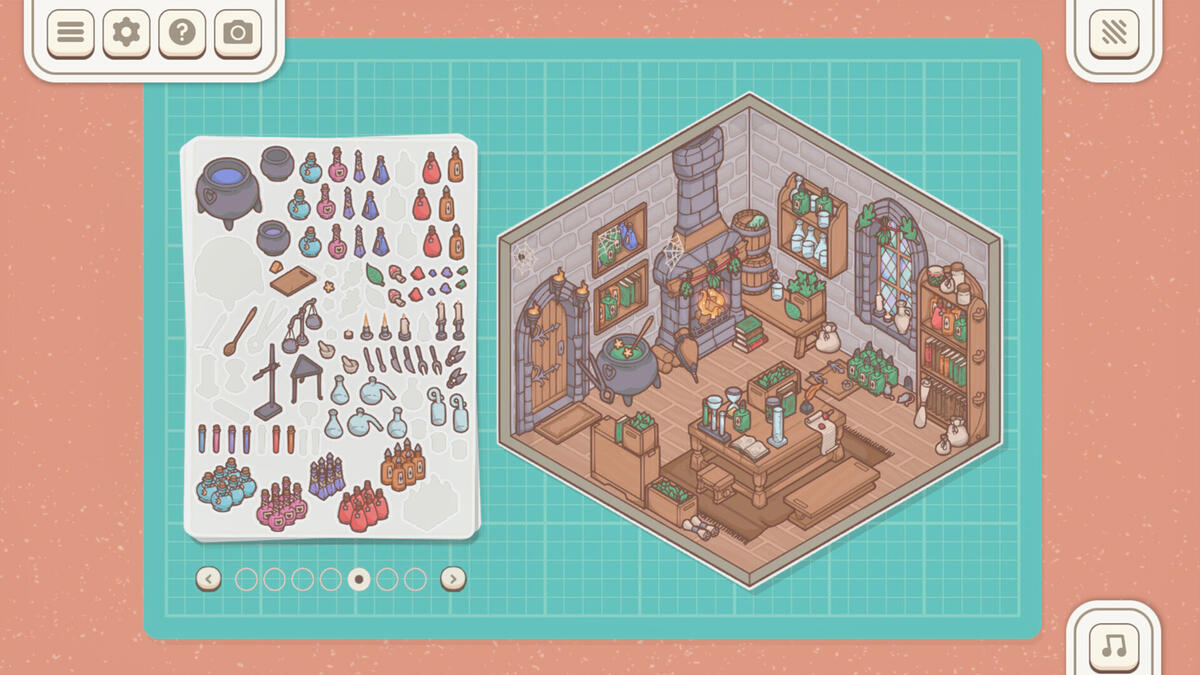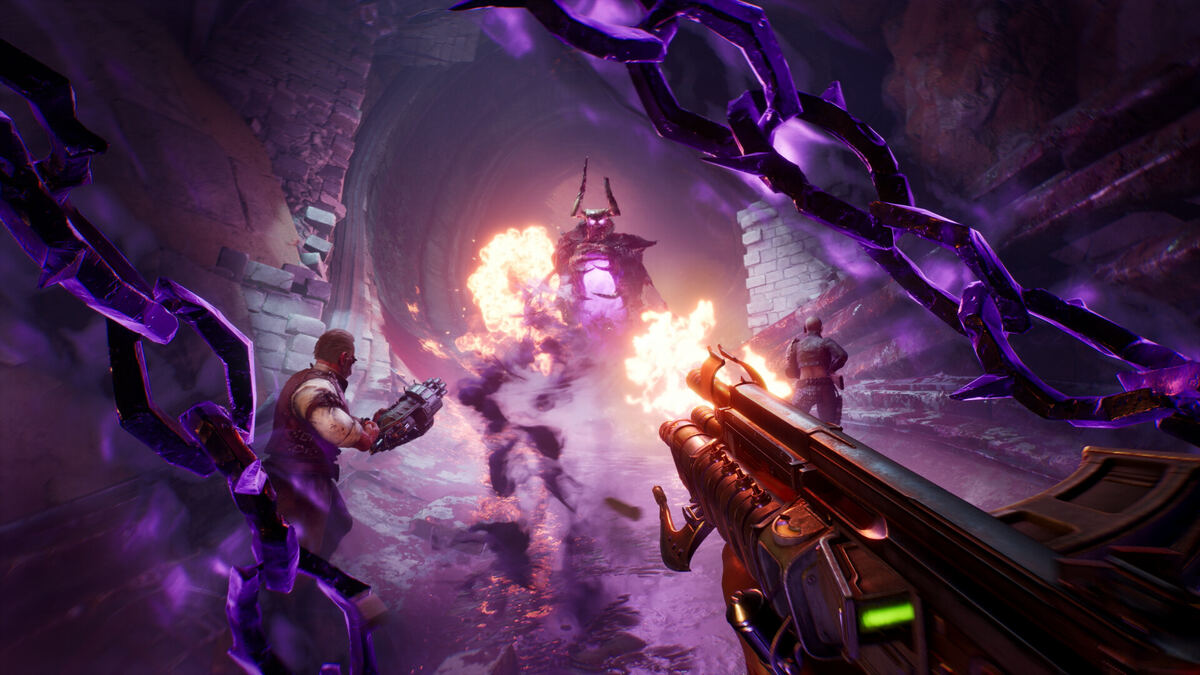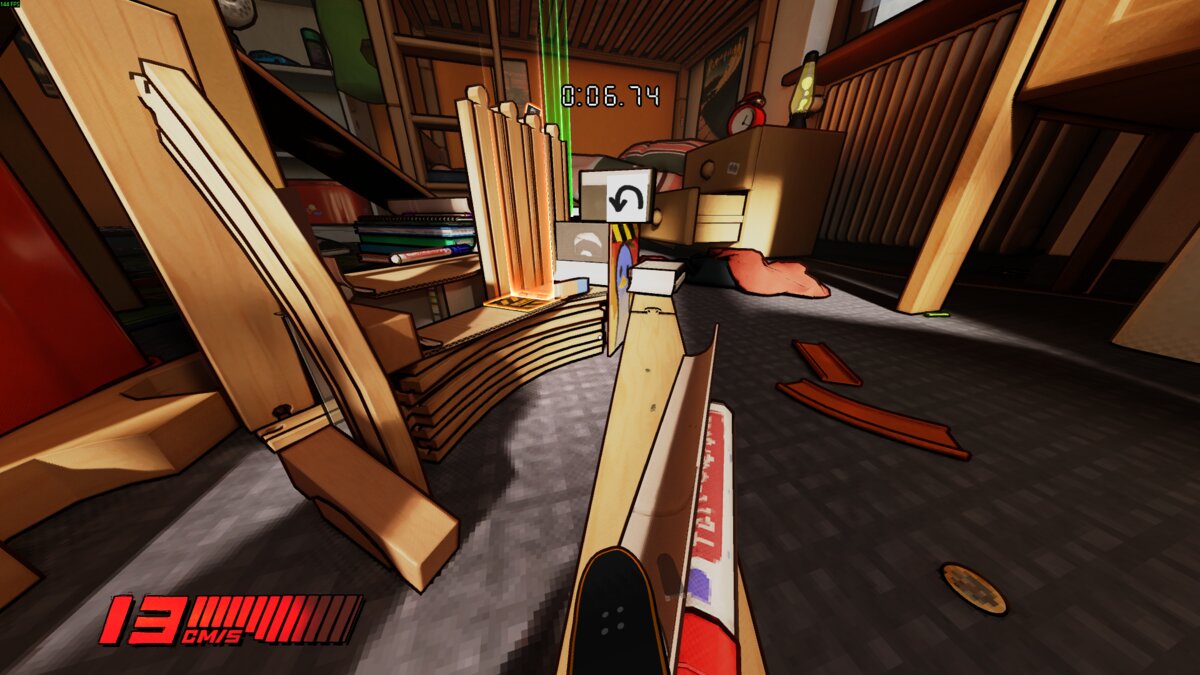You can trust VideoGamer. Our team of gaming experts spend hours testing and reviewing the latest games, to ensure you're reading the most comprehensive guide possible. Rest assured, all imagery and advice is unique and original. Check out how we test and review games here
As I stood listening to Microsoft’s PR men explain how interest in Viva Piñata was high, because “it’s made by Rare”, it occurred to me and probably everyone else in the room that this was a rather optimistic statement. Anyone who’s been playing games since GoldenEye – Rare’s seminal masterpiece – will know that the mystique Rare once had is tragically missing these days. It’s not that they’ve been making bad games, they haven’t, but neither Kameo nor Perfect Dark Zero displayed the kind of quality that warranted such a hefty reputation. Whatever your take on the situation, one still wishes Rare well, because they’re a British company with a rich history, and should command our respect for it – at least for the moment. Viva Piñata is a curious title, which Microsoft claims is key to its strategy for the Xbox brand. The reason for this is simple: it’s completely different to anything else the platform has. Microsoft has games like Gears of War, which we previewed earlier this week, in abundance, but there’s very little in the Xbox 360 line up that appeals to a younger, or less hardcore, demographic.
So, what is Viva Piñata? It’s a question that’s perhaps harder to answer than it ought to be, if only because Microsoft seems to find it hard to put into words. Viva Piñata wishes to emulate the “gotta catch ’em all” success of Nintendo’s never-ending Pokémon franchise. You can say what you like about it, but Pokémon was, and still is, an incredibly popular and profitable venture. For this, Rare has joined forces with 4Kids Entertainment to produce a television show to accompany the video game – or is it the other way around? That show has, allegedly, been receiving “excellent” viewer ratings in the United States, and Microsoft is hoping the show will be hitting these shores in the spring. But, if the game is arriving for Christmas in the UK and the TV show in the spring, where’s the connection?
We’ll just have to leave that one hanging out there for now, and focus on the game itself. Viva Piñata’s most obvious influence is, funnily enough, another Nintendo franchise: Animal Crossing. You start the game with an empty garden and a few basic tools, such as a spade and some grass seeds, with the aim being to cultivate your garden to attract Piñatas to it. All Piñatas – there’ll be 60 in total – have certain requirements before they’ll become a resident. For example, the Whirlm – believe it or not that’s a worm – only requires some soft soil, which you can create by bashing the ground with your spade. As your garden progresses more Piñatas will visit, presumably having heard from their mates about this wicked new garden you’re making. When visiting, Piñatas are depicted in black and white, only turning to colour once you’ve fulfilled their needs – which are more complex the higher up the food chain they are. Once you have your first Whirlms, a Sparrowmint will likely visit the garden, and one of their needs is to eat two innocent Whirlms. Being at the bottom of the food chain the Whirlm will likely cop a lot of stick from other piñatas, but such requirements add a good sense of a real ecology to Viva Piñata.
Further along the line your Piñatas will mate, and have little Piñata babies all of their own – increasing the population of your garden and providing more prey for incoming visitors. You’ll also have to contend with nasty Piñatas, known as ‘Sours’, who’ll bully and attack other Piñatas who frequent your garden. Predictably, Viva Piñata will utilise Xbox Live; allowing players to trade Piñatas for free and buy ‘accessories’ from Xbox Live Marketplace – although the exact nature of these ‘accessories’ have yet to be revealed.
Control wise, Viva Piñata is fairly uncomplicated but also strangely clunky – or at least the build I played was. You use the left-stick to move your cursor around, allowing you to select Piñatas and discover their needs. The X-button takes you to the item select menu, allowing you to equip items to alter your garden, and the menu itself is neatly designed, using a circular dial system whereby you rotate the left-stick to select your item. The clunkiness I referred to comes when you actually try to do something with your tools. Say you want to make an area of grass; this requires you to select the grass seeds and then press the A-button to start pouring seeds around, using the left-stick to adjust where you pour them. It’s a simple system, but not an especially intuitive one, with the stick proving rather unresponsive and imprecise, though this can easily be remedied. One does wonder, however, why you can’t just select an area and say “put seeds here,” rather than go through the performance of pouring them around. I presume it’s supposed to be more immersing, but it’s not ideal.
Having been talked through most of the main features, and spent some limited time playing Viva Piñata, it’s rather difficult to make any meaningful judgement about the game. There are some interesting features, with nice artistry on the Piñatas and a good sense that there’s something bigger going on other than the player simply checking off a list of requirements. However, there’s a worrying sense that Microsoft isn’t really sure what to do with Viva Piñata. It may be key to future branding but it’s also completely new territory for them, and it shows. Hopefully things will become crystal clear by the time the game is released this holiday.
Viva Piñata
- Platform(s): Nintendo DS, PC, Xbox 360, Xbox One
- Genre(s): Family, Simulation, Strategy
/https://oimg.videogamer.com/images/68b6/viva_pinata_61.jpg)
